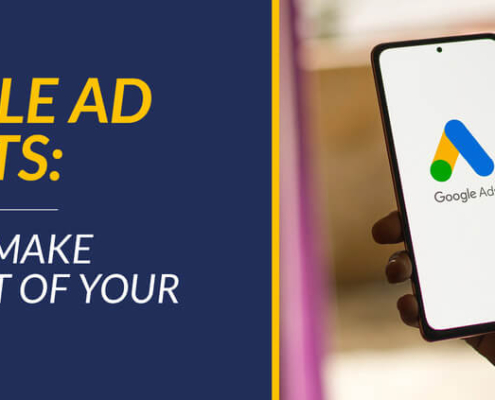
Google Ad Grants: How to Make The Most of Your Free Ads
Imagine having $10,000 each month to get your nonprofit in front…

Our Top 8 Tips and Tricks for Designing Nonprofit Logos
Whether it’s a portrait of a mythical siren in a green circle…

Advocacy Events: 6 Fundraisers to Earn More for Your Cause
The key to creating lasting change today is advocacy—speaking…

Mobile Optimization: 5 Reasons it Matters for Nonprofits
You’ve heard it time and time again: optimizing your website…

Fundraising Flyers: How to Boost Nonprofit Marketing
When developing your nonprofit's marketing plan, you’ll probably…